By Mikee Reodica, Project Manager
It is no surprise how the fast-paced technological advancement disrupted all industries in the past decade. And with the outbreak of COVID-19 hitting the entire world, everyone was forced to quickly adapt to technology. eLearning probably was one of the technology shifts everyone had to quickly adapt to. With the pandemic restricting gatherings and enforcing physical distancing as the new normal, face-to-face classes, trainings, seminars, and gatherings of any form had to be put on hold.
To move forward, distance learning solutions had to be adopted across sectors. Suddenly, eLearning has become part of everyone’s vocabulary and has become an institutional part of education in all forms.
What is eLearning?

Photo Courtesy of freepik
As defined by authors, Clark and Mayer, in their book on e-learning, it is “an instruction delivered on a digital device (such as desktop computer, laptop computer, tablet or smartphone) that is intended to support learning.” Another definition by William Horton, author and eLearning expert, says “E-learning is the use of information and computer technologies to create learning experiences”. To simply put it, you get to learn, take courses, classes, or programs through electronic devices, more often than not, powered by the internet. It is widely used today as a distance learning solution where learners get to learn remotely, at any time and any place, without the need for a physical instructor.
Although the disruption of COVID-19 was inevitable, that doesn’t mean companies and organizations must stop achieving their goals. Everyone had to be creative in progressing their goals and missions, to which eLearning played a big role, be it businesses, corporations, and the development sector. But is there a difference between eLearning for corporations and the development sector?
Three difference of eLearning for the corporate vs. development sector
What makes eLearning different between the corporate setting and the development sector is the context to which eLearning will be created for.

Photo Courtesy of freepik
Learning goals and objectives: As with any project, everything starts with the end goal. With corporations, eLearning is used to achieve business outcomes. Learning programs are developed to bridge skills and knowledge gaps, career development, boost productivity and compliance to systems to name a few. The end goal of corporate eLearning programs is meant to advance the company to achieve long-term success.
On the other hand, eLearning for the development sector encompasses a wider scope of learning goals. Goals such as increasing awareness of advocacies, call for social change, and democratizing educational resources just to name a few. Identifying the specific learning goals is critical in developing effective, engaging, and enjoyable courses for your target learners.
Audience and learning environment: Every eLearning program is made with a specific type of learner in mind. Demographics, geographic, economic, and cultural context must be considered as eLearning programs are developed. Knowing and understanding your learners is a critical step in achieving the learning goals.
Corporations use eLearning to train and develop employees. Other than demographic context, corporate eLearning programs need to consider the type of expertise and specialization, professional rank and skills, and knowledge level of their audience. While for the development sector, learner background varies to a wide extent. Learners can come from grassroots communities or underprivileged sectors; organization staff and volunteers; government agencies and the general public. Technological knowledge, internet, and media accessibility, cultural appropriateness, and educational backgrounds are some factors that should be accounted for in creating eLearning programs in the development sector. The key to a successful eLearning program is knowing how to keep your audience engaged, which can be achieved by understanding them in the first place.
Learning style and media: With the varying context of learners, the best-suited learning style and tools must be adapted to successfully meet their needs. Identifying which media and tools are available to the learner is important, such as the availability of commonly used devices like computers, laptops, tablets, and mobile phones. Learning formats such as asynchronous, or self-paced, and synchronous, or real-time must also be considered. Corporations usually use available or create learning management systems, a software application where learning courses are stored, managed, and accessed. A platform to manage the overall administration of one or multiple eLearning courses.
On the other hand, the development sector will need to carefully consider the context, limitations, and accessibility of their audience. Other than through a dedicated learning management system, eLearning may also be facilitated through social media channels if this is a more familiar platform for the audience. While for those with internet limitations, pre-recorded learning videos or offline courses are also common options.
What’s the common ground?
Despite the differences across sectors, universally, eLearning is an alternative way of learning which capitalizes on technology. And there are a handful of benefits to adapting to eLearning. It is a scalable medium that can reach an endless number of learners without geographical barriers. It is also cost-effective and cost-efficient since a one-time development can be accessed infinitely, anytime, and anywhere. It is also flexible and versatile as it can be customized according to the learner’s needs.
Whatever sector you are in, eLearning plays a big role in knowledge dissemination and sharing, may it be for skills development or achieving social impact. With the power of technology and the imminent shift to a digital world, access to education has been made easier more than ever. Soon eLearning is likely to become the new status quo. Good thing ASSIST Creativelabs can help you in your journey in developing meaningful, custom-built eLearning courses for your learners.






